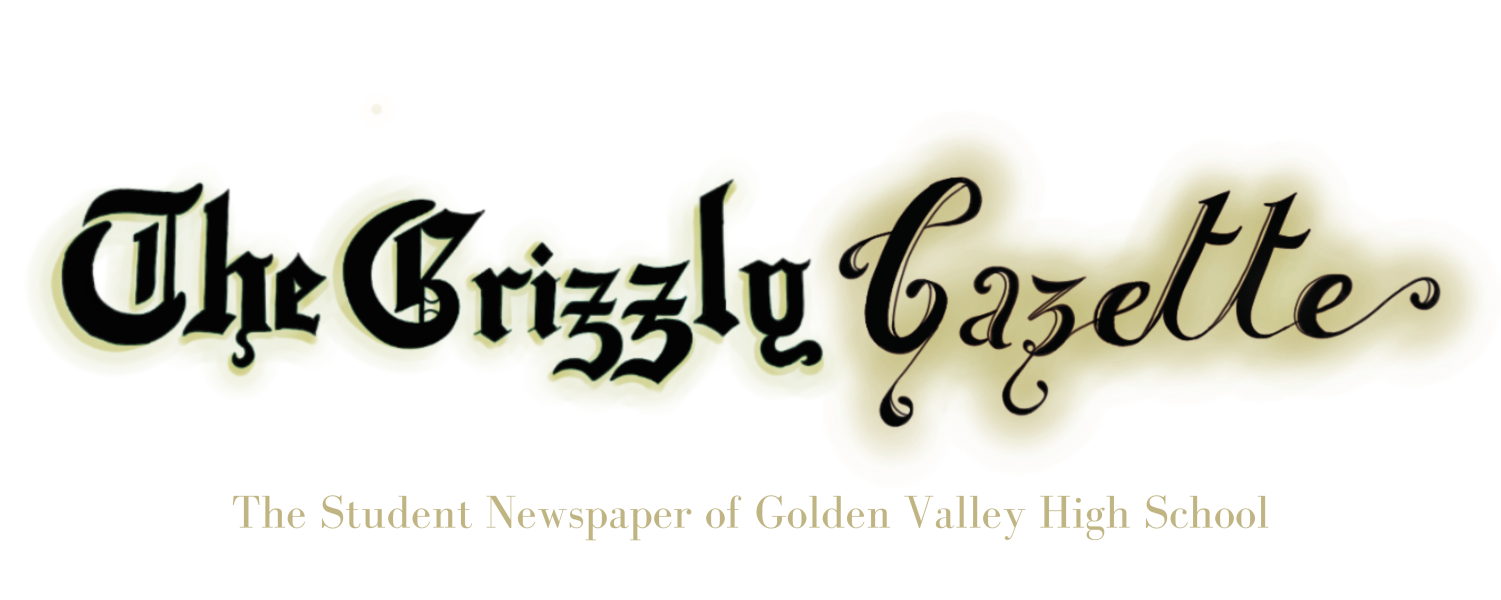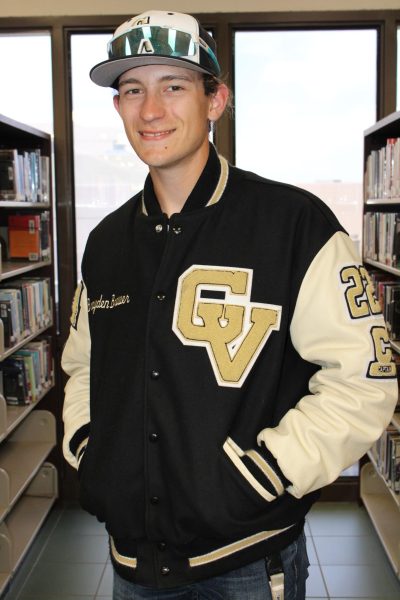The NHL’s Arizona Coyotes and MLB’s Oakland Athletics are moving. The Coyotes are moving to Salt Lake City, and the A’s are moving to Las Vegas, leaving two passionate fan bases devastated in the process, and the story is very similar for both. The city of Glendale, and owner Alex Merulo, are responsible for the relocation of the Coyotes, and owner John Fischer, and the city of Oakland, are at fault for their fanbase losing the Athletics.

(Bottom) Oakland Coliseum former home of the Oakland Raiders, current home of Oakland Athletics (Noa Prothais)
The History of Hockey in the Desert
Starting with the Coyotes, the NHL moved the first edition of the Winnipeg Jets to Arizona and into America West Arena, now known as the Footprint Center, which was built to be specific to basketball, and did not work well for hockey. There was an area on one side of the ice behind the net, where the seats hung over the boards. This was entirely sub-optimal for hockey, and quickly became obvious that they needed a hockey arena soon.
The Coyotes broke ground in 2002 on a new arena in the Phoenix suburb of Glendale and opened the new Jobing.com arena in 2003. The arena solution was fixed for now, but in 2005 the team was sold to Jerry Moyes, the CEO of a trucking company headquartered in Phoenix. He placed the franchise into bankruptcy in 2009 and lost his ownership of the team. This bankruptcy came from losing $54.8 million in 2008, and an audit in bankruptcy court showed that they hadn’t turned a profit since relocating to the desert.
Now, these issues weren’t just on the Moyes ownership. The Coyotes were failing to fill the arena, and the city of Glendale was struggling to keep up with less money coming in from non-hockey revenue than expected. Part of the attendance issues came with the fact that Glendale is not located in the population center of Phoenix, and with 41 home games a year, many were not willing to consistently make the 20-25 minute drive out to Glendale from the center of Phoenix. Glendale is additionally further from the wealthier areas of the Phoenix metropolitan area, such as Chandler and Scottsdale, meaning fewer season tickets were being sold and fewer people who could regularly afford tickets were in attendance. In short, if the arena was in Chandler or Scottsdale, attendance would not have suffered as much.
Moyes tried to sell the team to Jerry Reinsdorf, who was, and still is, the owner of the Chicago Bulls of the NBA and Chicago White Sox of MLB. Moyes found that the sale to Reinsdorf would lead to him getting almost no profit out of it, and looked for another buyer. He then tried to sell the team to Jim Balsillie, who had already made attempts to buy the Pittsburgh Penguins, and the Nashville Predators, and planned to move them to Hamilton, Ontario, Canada. In an astounding 29-1 majority, the NHL owners voted to reject the relocation and sale of the Coyotes to Balsillie.
The NHL then had to take over as the owners of the Coyotes, and they began to have success on the ice. In 2012, they won the Pacific division, defeated the Blackhawks in six games in the first round, and won 4-1 over the Predators in the second before losing in five to the eventual cup champion LA Kings in the Western Conference Championship. This, to date, has been the best season in Coyotes history and they haven’t come nearly this far since.
At the end of the 2013 season, the Coyotes’ arena struggles hit a breaking point. They had to have a new lease signed with the city of Glendale before July 2, 2013, or they would be moved to KeyArena in Seattle, the current home of the Seattle Kraken. In the dying hours of July 2nd, the city of Glendale passed an extension with the Coyotes for a 15-year lease at the Jobing.com arena.
The Coyotes were then sold by the NHL to the RS&E, which renamed themselves IceArizona. Their ownership only lasted a year as they got into legal trouble and had to sell their controlling interest to Andrew Barroway, who immediately ran into issues – which were once again – issues with their arena and with the city of Glendale.
In the summer of 2015, Glendale terminated the lease that was signed just two years prior, claiming that there were violations of the integrity of the lease. They had to enter into a two-year agreement to play out of the arena, and Barroway began searching for more land to build a new arena since the city of Glendale had been a problem from the start.
Barroway’s attempt to build an arena was in Tempe, in conjunction with Arizona State University. It was going to seat 16,000 people for the Coyotes, and have an adjacent arena that sat 4,000 and would serve as the arena for ASU’s hockey team as well as a practice rink for the Coyotes. This plan failed as ASU pulled out of the deal. The team had more mediocrity on the ice, and Barroway sold them to Alex Merulo not much later after the deal failed.
The Merulo administration will take a lot of blame for the relocation of the Coyotes. Under his administration, the Coyotes got kicked out of Glendale and ended up stuck at Arizona State’s new Mullett Arena, which only seats 5,000 fans. Merulo attempted to build a new arena on the site of an old dump in Tempe, however, that fell through after they lost a vote to buy the land. Merulo did not even include having taxpayers pay for it, as he said he would pay for the whole thing himself.
The plan to pay for the entire arena himself continued as he attempted to buy land in Mesa, and continues to try to build an arena in north Phoenix. This is where it gets complicated. The Coyotes announced that they would be committing to purchasing the plot of land and building a new entertainment district, fully funded by Alex Merulo and not using any taxpayer dollars. The arena would seat 17,000 for hockey and would provide a permanent home for Coyotes hockey.
The problem with this is that the arena wouldn’t be completed until 2028, and that would require the team to play in Mullett Arena for four more years, which the league sees as a black eye on their behalf. Shortly after the Coyotes announced their commitment to purchasing the land in Phoenix, it was announced that the team would be moving to Salt Lake City, Utah and that the 2024 season would be their last in the desert.
Now, Alex Merulo and the Coyotes have doubled down on their attempts to build that arena in Phoenix. The NHL is allowing the Merulo group to keep the Coyotes branding and name, and has given them the ability to bring the Coyotes back in five years if they can build an arena to permanently house the franchise. All of the Coyotes personnel assets – the players, front office, and the coaching staff – will be transferred to the new Utah franchise.
The team will be owned by current Utah Jazz owner Ryan Smith. They have not decided on a team name yet. They will play their games in the Delta Center, where the Utah Jazz have played since 1991.
The Phoenix metro area is the main place to blame for the Coyotes leaving – namely Glendale and Tempe, who gave the Coyotes arena problems from the moment they moved to the desert. Some of their many owners are also to blame, such as the poor management by Jerry Moyes and Andrew Barroway. The failure of hockey in the desert was a perfect storm, and many hockey fans are looking forward to possibly getting their team back.

(Bottom) The Mullett arena, Tempe, AZ state University (Noa Prothais)
Rooted in Oakland or Rooted in Greed?
The Athletics’ former slogan, “Rooted in Oakland,” has been full of hypocrisy as owner John Fischer plans to move them to Las Vegas to make more money.
The Oakland Athletics have a long, storied history in the city of Oakland. They’ve won nine World Series titles, placing the franchise third in MLB in franchise titles, behind the Cardinals (13), and the Yankees (27), and four of the Athletics titles have come in Oakland. Historically, they’ve had Hall-of-Famers throughout their history in the Bay Area, such as Rollie Fingers, Rickey Henderson, Dennis Eckersley, and Reggie Jackson. They even had the movie Moneyball made in 2011 about their infamous 2002 season, where General Manager Billy Beane revolutionized the way that MLB scouts and executives evaluate and value players.
However, as RingCentral Coliseum has aged, the quality of the stadium has diminished and they’ve had a multitude of issues that are reasons that they have to move out, such as broken plumbing, leading to sewage spewing into the clubhouses and dugouts. The stadium is also the only stadium still configured for multi-sport use, as it was also home to the Oakland Raiders of the NFL before they moved to Las Vegas, as they too were suffering from the dilapidated stadium.
The Athletics first tried to move to San Jose, which is an area just south of the bay, where San Francisco and Oakland reside. For this reason, the San Francisco Giants successfully claimed that the Athletics moving to San Jose would be interfering with the area that the Giants market to, therefore any building of a stadium for the A’s out there was rejected.
The next stadium proposal came at the Howard Terminal site on the water. The city of Oakland believed they were close to an agreement to build a ballpark at Howard Terminal, a 55-acre area that wasn’t being used at the port of Oakland. The stadium would cost 12 billion dollars. The development of the area was entirely left up to the Athletics organization.
The organization said they decided on a plan that would end up taking too long for ownership, and therefore they rejected the proposal which would’ve kept them in the bay. The city said otherwise, with Mayor Sheng Thao saying, “You go through all that you think that you’re going to have an honest partner to work with.”
The belief is that the ownership, led by John Fischer, wanted to move to Las Vegas to get a new ballpark and cater to a new market that they believe will bring in more profits. Athletics fans have been boycotting A’s games since the start of the 2023 season because of this, refusing to give their ownership any more money on the way to Las Vegas. They organized a “reverse boycott” last year, where they set a season high in attendance, and went entirely silent for a hitter, before chanting “Sell the team” to get Fischer to sell the team.
The Athletics will spend the next few seasons playing at Sutter Health Park in Sacramento, a minor league stadium, while their new stadium in Las Vegas is being constructed.
Both the Coyotes and Athletics leave behind disappointed fan bases that will no longer have a team to support in their areas.




